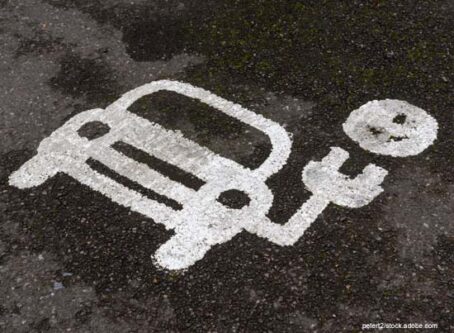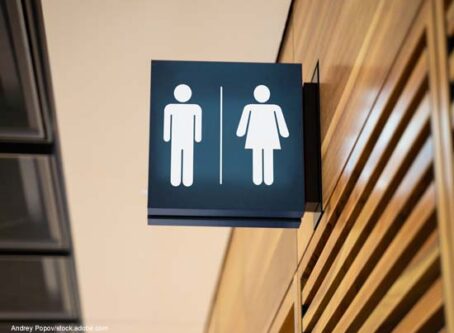Capital Beltway toll rate proposal lowered; report undermines project claims
The Maryland Transportation Authority is proposing lower toll rate minimums for the Capital Beltway toll project. However, a new report suggests the project will not significantly reduce traffic congestion.
On Sept. 30, the Maryland Transportation Authority decided to move forward with a revised toll rate range for the first phase of the Capital Beltway project. The new range drops the minimum rate just slightly across all vehicle types. However, the proposed soft cap rates and maximum rates remain unchanged.
Specifically, MDTA wants to lower the minimum rate for two-axle passenger vehicles from 20 cents to 17 cents. For five-axle vehicles, the minimum toll rate drops to $1.02 from $1.21. However, the maximum rates for passenger vehicles and five-axle trucks remain at $3.76 and $22.28, respectively. Those rates assume vehicles have an E-ZPass. Vehicles without a transponder will pay more.
According to a MDTA staff report, changes are based on public comments and feedback received on the initial proposal revealed in May. The lowering of the minimum toll range for the Capital Beltway toll project matches the off-peak minimum toll range for the Intercounty Connector/MD 200 toll rate.
MDTA did not approve the Capital Beltway toll rate during its last meeting. Rather, the board approved a second round of public comments on the updated proposed rates.
That public comment period ends at 5 p.m. on Oct. 28. During the board’s November meeting, MDTA staff is expected to present a summary and analysis of those comments. A third round of commentsis expected to take place during that meeting prior to the board voting on approval of the toll rate changes.
Public comments reveal that most residents oppose the tolls as proposed. During the MDTA board meeting in August, a public comment summary report showed that 67% oppose the minimum/maximum toll rate ranges, 62% oppose the soft cap rates, and 72% oppose the annual increase adjustments.
“The toll is high when you are most likely to use those toll lanes,” one person commented. “The estimated maximum $3.76 per mile means that the toll from the bridge to I-370 could be over $40 at rush hour per trip. High price toll roads are inequitable. That means that the amount that a poor person or even an average income person pays is relatively greater.”
Soft cap rates did not receive a favorable response either.
“The soft rate cap of almost eight times the minimum needs to be re-examined,” one commenter wrote. “What is the justification for this rate, other than this is what other jurisdictions charge?”
Despite the majority opposition, MDTA made changes only to the minimum toll rate.
New report undermines benefits of Capital Beltway tolls
Just one day after the above MDTA board meeting, the Metropolitan Washington Council of Governments released its supplemental draft environmental impact statement regarding the Capital Beltway toll project. The report found that proposed tolls may not achieve the end goal of relieving congestion.
According to the report, more vehicles are expected to be on the I-270 and I-495 corridors by 2045 under the current Capital Beltway toll project compared to a “no build” option. The report states that the toll project will increase daily traffic volumes “because the freeways would be able to accommodate latent demand that would otherwise use the local roadway network to avoid congestion.”
The toll project is not predicted to greatly affect traffic speeds. Average speeds on all general-purpose lanes during peak hours will increase by only 5 mph, according to the study.
However, the situation varies greatly between specific locations. In a computer simulation, travel speeds on I-495 in 2045 will remain mostly stagnant, including an average speed of 7 mph on general purpose lanes along the I-495 inner loop from George Washington Memorial Parkway to I-270 west spur during evening peak hours. In some cases, the Capital Beltway toll could cause a decrease in average speeds.
On the other hand, average speeds for toll lanes may not be worth the price of admission. The council’s report states that average speeds in high-occupancy toll lanes would improve to around 23 mph. However, that is much slower than the prediction of 45 mph average speeds in the initial Capital Beltway toll proposal. The report suggested the need for additional improvements along I-495 east of the I-270 west spur in order to reach that goal.
Click here to read the full report. LL









